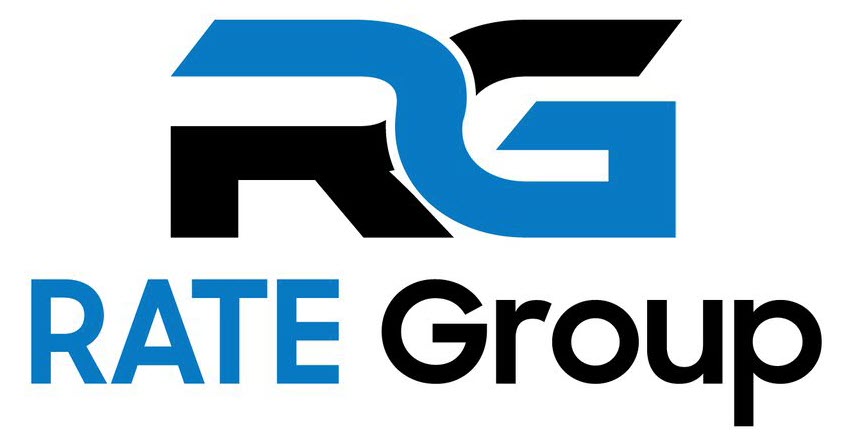
24 Jul Bitcoin Block Size, Explained | Cointelegraph
[ad_1]
3.
Over the years, Bitcoin has seen numerous proposals advocating that an increase is needed in order to reduce fees, process more transactions per second and allow Bitcoin to scale to compete with mainstream payments technologies.
On May 4, 2015, Gavin Andresen published an article titled “Why increasing the max block size is urgent,” further escalating the perceived gravity of the block size debate, despite the average BTC block then being only 30-40% full. Andresen warned:
“If the number of transactions waiting gets large enough, the end result will be an over-saturated network, busy doing nothing productive. I don’t think that is likely — it is more likely people just stop using Bitcoin because transaction confirmation becomes increasingly unreliable.”
Later that month, Andresen asserted that he would shift his work toward alternative client Bitcoin XT should the community fail to reach consensus regarding the implementation of a block size increase. The 0.10…
[ad_2]
Source link

